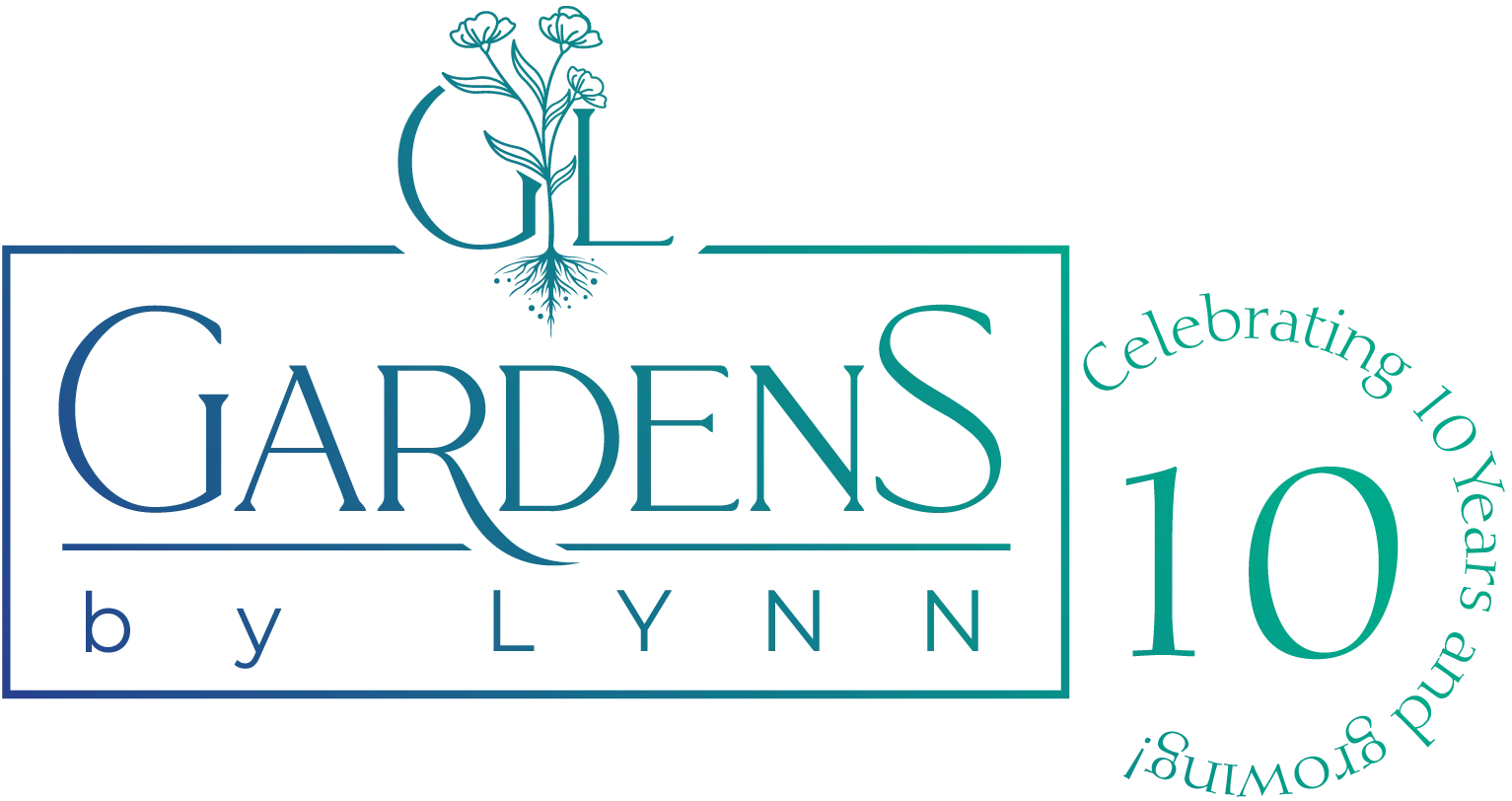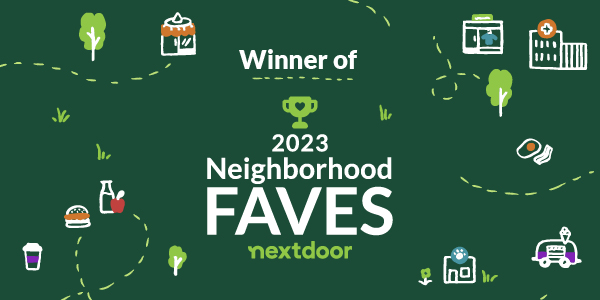What? You Can Eat Flowers?
Did you know that broccoli, cauliflower, artichoke, and Brussels sprouts are rarely thought of as flowering plants? There are hundreds of flowering edible plants around the world. The first plant I, as a child, recall plucking from a field and eating was purple clover. Each petal of its flower had a honey flavor that honeybees enjoy immensely. However, these days I’m reluctant to eat flowers from a field due to pesticides and herbicides. So as a warning, only eat flowers that are grown organically!
Which Flowers are Edible?
Let’s start with some of the flowers you can use on your cakes or salads.
- Pansies
The entire flower is edible and has a wintergreen flavor.

- Nasturtium
Nasturtiums have a peppery taste. All of this flower is edible and is often added to salads, pasta and egg dishes.
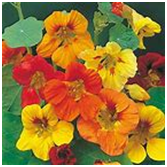
Add these to your plate and recipes:
- Bee Balm
Native Americans used it for medicinal purposes. It is a member of the mint family and it tastes like oregano.
- Hollyhock
The hollyhock is native to China. The whole hollyhock can be eaten. The petals can be included in a salad or used to make tea.
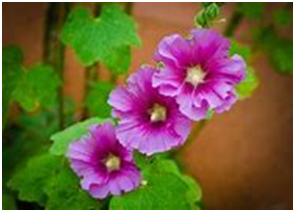
- Marigold
Marigolds, when used in cooking, complement both sweet and savory flavors.
- Phlox
Only the tall perennial phlox is edible; creeping phlox is not. The flowers are a bit sweet and spicy.
- Squash Blossom
These delicate flowers are very tasty when stuffed with fresh cheeses like ricotta, then battered and fried. They are also good in stews, on pizza, and in omelets.
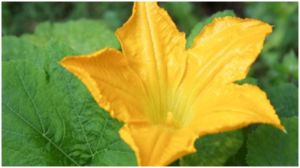
Other edible flowers include herbs like basil, carraway, rosemary, sage, tarragon, and thyme.
See, you were eating flowers and didn’t even realize it!
Sources: https://www.thespruce.com/edible-flowers-1403390
Edible Flowers: How, Why, and When We Eat Flowers.
By Monica Nelson.
